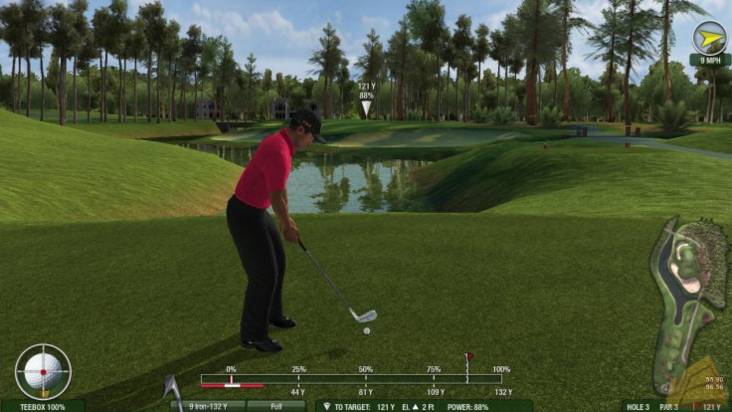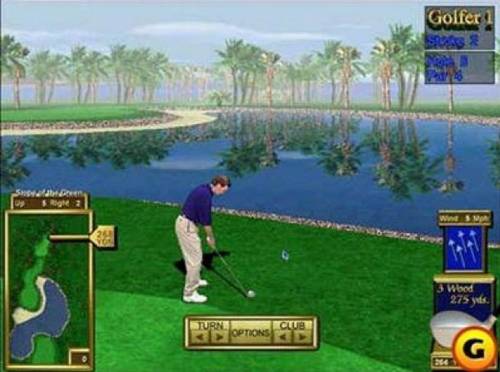Copyright and videogame resources
Videogame copyright is protected as both literary and audiovisual work. This art form has a particularly unique copyright approach due to the online component that may involve the Digital Millenium Copyright Act (DMCA) 17 U.S.C. 512 and other federal actions for violations yet recognizes that duplicated ideas may be required to produce a new product. Please visit the associated links for information relating to scenes a faire and the need to register elements such as directions, rules, or code that may be generic for similar game types.
Disclaimer: These guidelines represent the college's best effort at articulating copyright principles. They neither represent general legal advice nor a legal response to a specific situation.
Other Resources
Copyright protects artistic and literary expression. While this meant just books, maps and charts at the beginning of the United States, today it covers a broad variety of creative expression from email, to websites, to video games. Please see our Citizen’s Legal Guide to American Copyright Law for copyright law basics.
Generally speaking, the underlying code is protected as a literary work, and the artwork and sound are protected as an audiovisual work. While you don’t need to have the work (i.e., your video game) registered to covered by copyright law, there are advantages to registration (see our guide to copyright law), and you can seek registration at http://www.copyright.gov/.

Yes. However, your artwork only has copyright protection insofar as no one can just closely duplicate it. For example, if a video game has a princess and she looks like Princess Toadstool, that could be in violation of Nintendo’s copyright (unless the game obtained a license or had a good fair use reason to use the character). If your princess was of your own creation, then you should be fine.

Similarly, certain artwork in video games falls under the doctrine of scenes a faire. This references particular artwork and elements of a video game that are necessary to execute a particular idea and are NOT copyrightable. That includes things like the scoring system, the lives, the coins, and the sky/ground. Scenes a faire also applies to certain genres of games. For example, if you have a golfing game, you would include certain design elements like holes, golf balls, golf clubs, golfers, grass, trees, and water. While you can’t copy these elements verbatim from another golfing game, you have the right to include such elements in your game because otherwise no one else could create a golfing game.
Here a very brief discussion of how the courts look at video games in determining whether two works are substantially similar enough to warrant infringement.
The first approach is from the 2nd circuit "The Subtractive Approach" (Altai, Nichols) and the other approach is "The Concept and Feel Approach" (Ruth Greeting Cards, Krofft)
Subtractive Approach
It begins looking at the whole work then takes it apart element by element. After separating out the protectable elements from the unprotected, then it looks to see whether the protectable parts are substantially similar. This naturally favors accused infringers.
For a developer who creates a Pacman clone game for example, they would have a reasonable shot of success where courts use this approach because if level designs and sprite designs themselves weren't copied, then all of the organization and arrangement that make up Pacman's gameplay has become scene-a-faire in the 2-D video game development world.
Total Concept and Feel Approach
The court doesn't dissect a work into "protected" and "unprotected." Instead, the court reasons that a work should be looked at as a combination of its parts. This naturally favors plaintiffs because they can essentially argue that all sorts of "facts," "phrases," "stock characters," and especially "ideas" that aren't normally protectable can be protected.
Under this analysis, a Pacman clone may face more of a challenge.
Even though a game's concept/gameplay isn't protected by the letter of copyright law, in practice because of these differing approaches, and the difficulty in identifying exactly what in a video game is an “idea” or “expression” for purposes of copyright law, you copy a game's concept and overall feel at your own risk.
It’s advisable not to use any real life persons in games unless they consent to it. They could potentially bring a variety of claims against you, specifically right of publicity, which protects an individuals right to have their name or likeness (voice, image, etc) exploited commercially. While using statistics is not a violation of the right of publicity perse, be careful how they are presented. A critical issue is whether it looks like the athlete or celebrity is endorsing your game. Here is a good guide from the Citizen Media Law Project on using the name or likeness of another.
Yes, but be careful. This is another complicated area. If you wanted to make a game about ghost hunting, then that is fine. It is much more treacherous territory if you just recreate Pac-Man. Copyright protects the expression of an idea, but not the idea itself. This is not so easily parsed out with video games, so if you are worried that you may be replicating someone’s expression, its a good idea to seek the advice of an experienced attorney. New Media Rights offers assistance here.
No. But they are protected by trademark. Trademark law concerns itself more with marketing, branding, and business practices, and is concerned with avoiding confusing consumers as to the source of a product or service. Even if you do not call your game the exact same thing as another video game, you can still be found in violation if your game has a confusingly similar title. So if you are creating a competing game that shares some similarities with another game, you will often want to avoid using a confusingly similar name for your game to avoid a trademark violation.
A similar issue arises out of meta-tagging. Embedding another product’s name into your website in order to garner more search engine traffic could possibly lead to trademark violation issues.
You can make money by either charging people directly or using advertisements. Be aware that monetizing your product may have a negative effect on any fair use claim you believe you have. Read more on fair use here: http://www.newmediarights.org/guide/legal/copyright/fair_use/citizens_legal_guide_fair_use_copyright_law.
There are two ways in which you can advertise online: one is to place advertisements for your own game; the other way is to host others’ advertisements on your site to produce revenue. There is a potential trademark complication with advertisements; make sure you are not using another’s brand name (i.e., the name of the video game) in order to free ride on their success. Remember to carefully read the Terms of Service of the ad service you choose to go with.
The DMCA provides a shield from liability to online service providers (OSPs), which covers a broad variety of services from your internet access provider to app stores like the Android Market and iPhone app store that host video games. If you are suspected of copyright infringement, you may receive a take-down notice via the DMCA. You can respond with a counter-notification to have your content restored; however, while that will restore the content, you agree that the copyright owner can bring you to court. So while a counter notice can be a good tool to restore your content, you want to make sure you you are careful in considering whether and how to respond to a DMCA takedown notice, and it would be wise to seek legal counsel. You can read more on the DMCA here: (http://www.newmediarights.org/guide/legal/copyright/citizens_legal_guide_digital_millenium_copyright_act_dmca).
If you have any other questions regarding video games and copyright please don’t hesitate to contact New Media Rights.